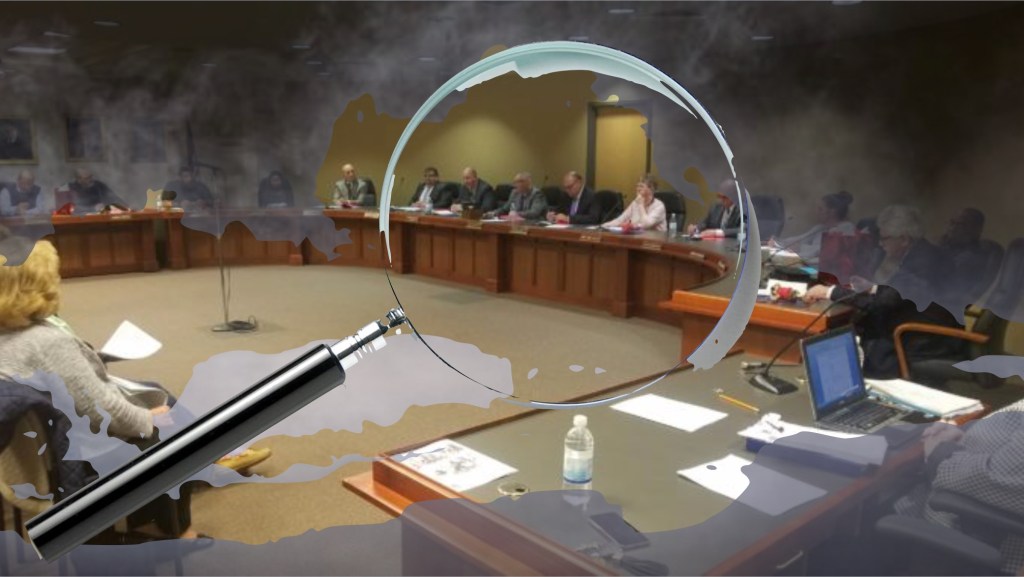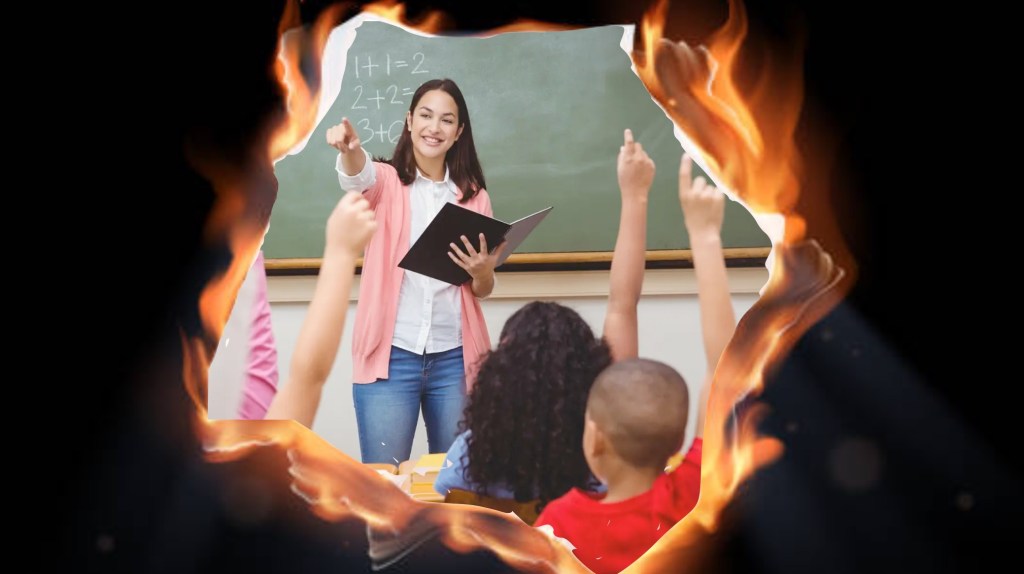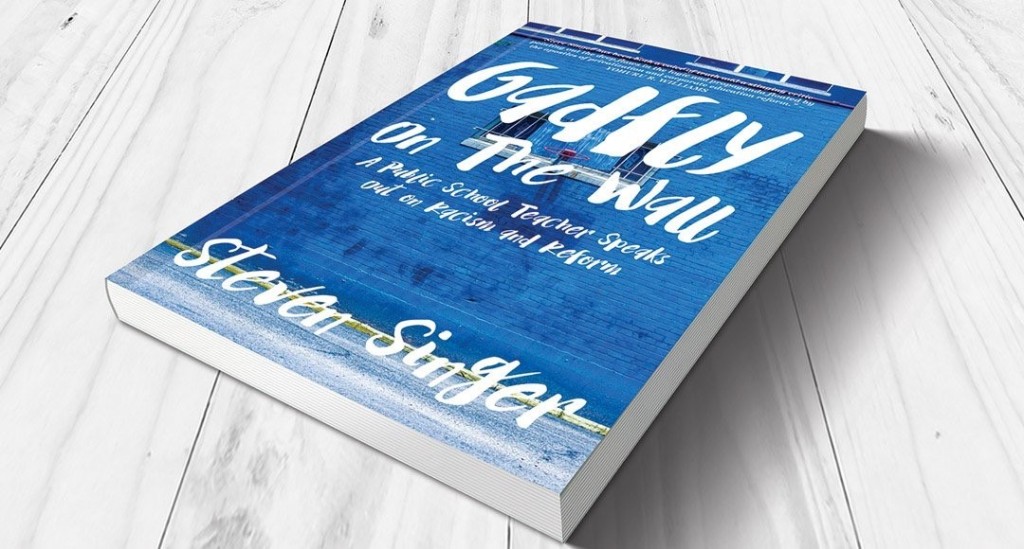
Teachers are fleeing the profession in droves.
So Pennsylvania has unveiled a new plan to stop the exodus with the help of an organization pushing the same policies that made teaching undesirable in the first place.
The state’s Department of Education (PDE) announced its plan to stop the state’s teacher exodus today.
One of the four people introducing the plan at the Harrisburg press conference was Laura Boyce, Pennsylvania executive director of Teach Plus.
Why is this surprising?
Teach Plus is a national 501(c)(3) nonprofit organization that works to select and train teachers to push its political agenda.
What is that agenda?
Teach Plus has embraced the practice of widespread staff firings as a strategy for school improvement.
Teach Plus mandates that test scores be a significant part of teacher evaluation.
Teach Plus advocates against seniority and claims that unions stifle innovation.
Teach Plus has received more than $27 million from the Gates Foundation and substantial donations from the Walton Family Foundation.
How can an organization dedicated to the same ideas that prompted the exodus turn around and stop the evacuation!?
That’s like hiring a pyromaniac as a fire fighter!
“Pennsylvania’s educator shortage is the biggest threat facing not only our educational system but our future prosperity as a commonwealth,” Boyce said at the press conference.
“If schools are engines of educational and economic opportunity, then educators are the conductors who keep the train moving forward. Teach Plus teachers have been sounding the alarm about this crisis and are eager to partner with the Department to enact ambitious and transformational changes to better recruit and retain educators in Pennsylvania.”
However, she’s already getting things wrong.
The importance of education is NOT as the “engine of economic opportunity.” Its importance is to help students become their best selves. It is creating critical thinkers who can navigate our modern world, become well-informed participants in our democratic system and live good lives.
Given the track record of Teach Plus, any well-informed individual should be wary of the how “eager [the organization is] to partner with the Department to enact ambitious and transformational changes.”
But what’s actually in the plan?
A lot of vague generalizations.
The plan (titled The Foundation of Our Economy: Pennsylvania Educator Workforce Strategy, 2022-2025) sets forth five focus areas:
1) Meeting the educator staffing needs of rural, suburban, and urban areas;
2) Building a diverse workforce representative of the students we serve;
3) Operating a rigorous, streamlined, and customer service-oriented certification process;
4) Ensuring high-quality preparation experiences for aspiring educators; and
5) Ensuring educator access to high-quality and relevant professional growth and leadership development opportunities.
As you can see, it is full of corporate education reform buzzwords like ‘rigorous” and “high quality” that neoliberals have used as code for their policies for decades.
There are 50 steps outlined in the report. While many seem important and well-intentioned, they lack any kind of urgency, and though organized under these five areas, still seem kind of scattershot.
For example, the number one most important thing any state has to do to retain current teachers and to attract new teachers is to increase wages.
Teachers make 14 percent less than those from professions that require similar levels of education, according to the Economic Policy Institute.
Teacher salary starts low, and grows even more slowly.
More than 16 percent of teachers have a second or third job outside of the school system. They simply can’t survive on the salary.
They can’t buy a home or even rent an apartment in most metropolitan areas. They can’t afford to marry, raise children, or eke out a middle class existence.
Yet increasing teacher salary is only briefly mentioned in step 13 of the first focus group as follows:
“13. Based on the resources that PDE develops on competitive compensation and incentives, advocate for and secure funding from the General Assembly that enables hiring entities to compete more effectively in the regional labor market.”
Talk about anemic language!
Imagine being on a sinking ship and someone only mentioning plugging the leak in such terms – if we can, based on our resources, yada, yada, yada.
Another point that jumped out to me was recruitment of new teachers.
Under focus two, the plan calls for:
“6. Partner with nonprofit organizations working to develop recruitment, training, and mentoring programs for middle and high school students from diverse backgrounds to identify and recruit future educators.”
Getting more people to become teachers sounds great, but why are we partnering with “nonprofit organizations” and which ones in particular do you have in mind?
There are plenty of neoliberal organizations of a similar type to Teach Plus that call themselves “nonprofit” – for example Teach for America.
Are we advocating for teacher temps with a few weeks crash course in education? It sure sounds like it to me.
Moreover, there’s the issue of charter schools. These are schools funded by tax dollars but often run by corporations or other organizations. Many of these consider themselves nonprofit.
So doesn’t this new plan help push more educators into the charter school network? Isn’t it open to funding more charter schools and calling it teacher retention?
Considering that charter schools are not subject to the same regulations as authentic public schools and allow all kinds of fiscal and student abuses, I’m not sure how encouraging such practices will help anyone but the profiteers behind these schools.
Then there’s the emphasis on building a diverse workforce.
In itself, that’s an excellent and necessary goal. However, if you aren’t going to make the profession more attractive, you aren’t going to increase diversity. Right now one of the major reasons our schools are full of mostly white, middle class teachers is because white, middle class people are the only ones who can afford to take the job.
Teaching often requires economic white privilege and often a second member of the household to earn the lion’s share of the income. Without addressing the pure dollars and cents of this issue – something Teach Plus is overjoyed to do when talking about the importance of education – all this talk of diversity is mere tokenism. It’s hiding behind a veneer of “wokeness” with no real intention of doing anything to help people of color as teachers or students.
Finally, let’s talk about the kinds of teacher preparation, professional development and leadership opportunities in this plan.
They are described as:
“high-quality preparation experiences for aspiring educators” and
“access to high-quality and relevant professional growth and leadership development opportunities”
But “high quality” by whose definition?
That’s the point here. Classroom teachers would consider classroom management, effective discipline and time for effective planning to be “high quality.” Educators would value more autonomy and less paperwork. But I’m willing to bet that isn’t what the authors of this plan think it means.
This is what Teach Plus does. It advocates for neoliberal disruptions in school management.
In the past, Teach Plus has insisted older more experienced educators be fired while shielding “promising young teachers” from the brunt of these firings. There is a great deal of evidence that teacher effectiveness, on a wide range of indicators – not just test scores – increases as teachers gain experience. However, new teachers are easier to brainwash into corporate education reform – to be driven by standardized test scores and data instead of the needs of the living, human beings in front of them in the classroom.
So this proposed teacher preparation and professional development is of what kind exactly? I’ll bet it’s mostly reeducation to accept corporate education reform. I’ll bet it’s focused on ways to increase student test scores which will then be used to evaluate teacher effectiveness – a program that has been roundly disproven for decades.
So where does that leave us?
A decades ago roughly 20,000 new teachers entered the workforce each year, while last year only 6,000 did so, according to PDE.
The minimum teacher salary in the Commonwealth stands at $18,500 — and has since 1989.
Meanwhile lawmakers – especially Republicans – push for bills to monitor teachers, restrict them from teaching an accurate history, and ban books from their libraries and curriculums.
Standardized tests are everywhere the main metric of success or failure, and school funding is determined by them. While authentic public schools serving the poor and middle class starve for funding, the legislature gives an increasing share of our tax dollars to charter and voucher schools without oversight on how that money is spent.
This new plan is not going to change any of that.
It is at best a Band-Aid – at worst a public relations stunt.
If we really wanted to stop the teacher exodus, we wouldn’t partner with one of the architects of the current crisis to do so.
We would roll up our sleeves and take the actions necessary for real change – and chief among these would be an increase in teacher salary, autonomy and prestige.
Like this post? You might want to consider becoming a Patreon subscriber. This helps me continue to keep the blog going and get on with this difficult and challenging work.
Plus you get subscriber only extras!
Just CLICK HERE.

I’ve also written a book, “Gadfly on the Wall: A Public School Teacher Speaks Out on Racism and Reform,” now available from Garn Press. Ten percent of the proceeds go to the Badass Teachers Association. Check it out!















